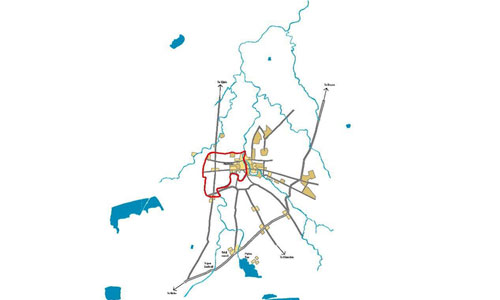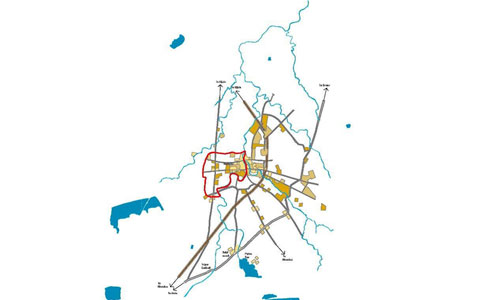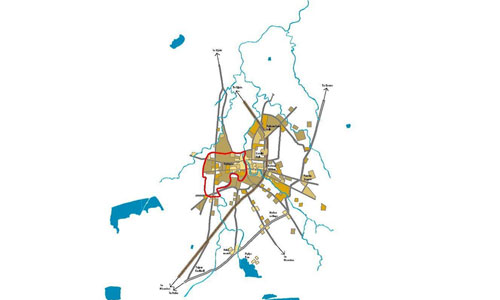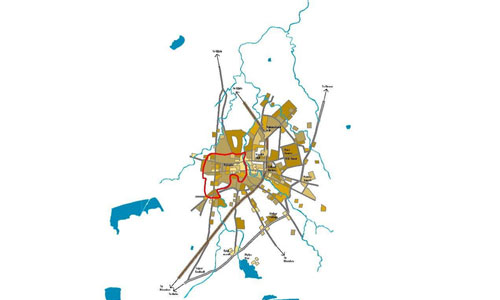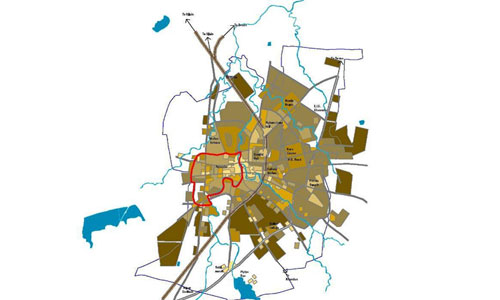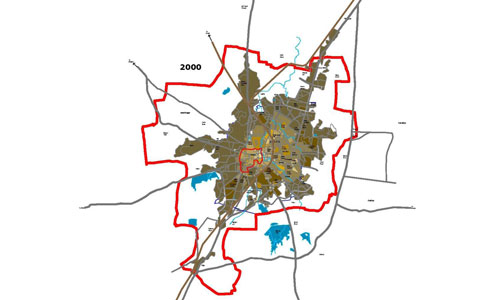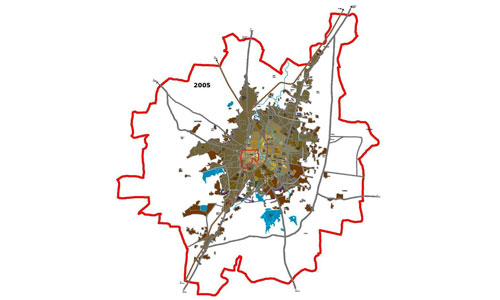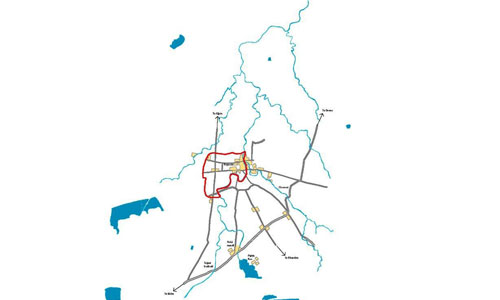
Indore initially was a small riverside village whose origin was marked by the presence of Indreshwar Temple on the bank of River Saraswati.
It was after recognising the worth of the land, its richness in terms of natural resources and fertility the Marathas invaded Indore and declared it as their capital and handed over it to the Holkars. The Holkar dynasty then take initiative for developing the precinct and thus constructed many important built structures like Gopal Mandir (Ann kshetra) in 1832, Jain Mandir (1834-1843), Krishnapura Chhatri(1849) near the Krishnapura bridge.
History of urbanization of Indore begins with the construction of RAJBADA, the centre of administration from where the Malva region was ruled by Holkars in Indore there were favourable condition for commercial activity it became a commercial city. Many contemporary styles were like from Jaipur, Ajmer and Pune and also from Mughal styles to give building a royal effect. Later the area witnessed small settlements coming up in place of agricultural land as people shifted their occupation to trading from agriculture.
This marks the establishment of Adda Bazaar (1853) which is a ladies market in close vicinity of Rajwada. Shiv Vilas Palace (1894) was also constructed just next to Rajwada further strengthening the importance of the precinct. After the establishment of Adda Bazaar, emergence of other bazaars like Sarafa gali ,Shakkar Bazaar, Imli Bazaar took place to enjoy benefits of security being in the close proximity to the Royal palace. Construction of Imli Saheb Gurudwara (1880) and Imambada (1893) just next to the royal temple Gopal Mandir by Holkar rulers was to give equal status to Muslim and Sikh community imparting Rajwada Precinct a unique character of possessing religious structures of multiple communities
